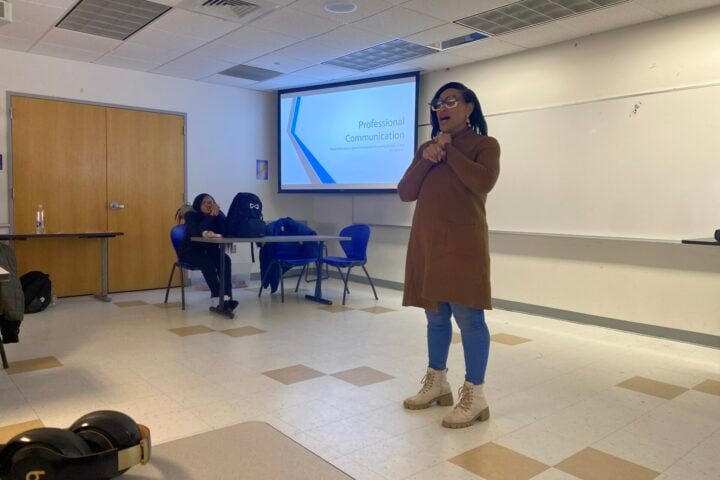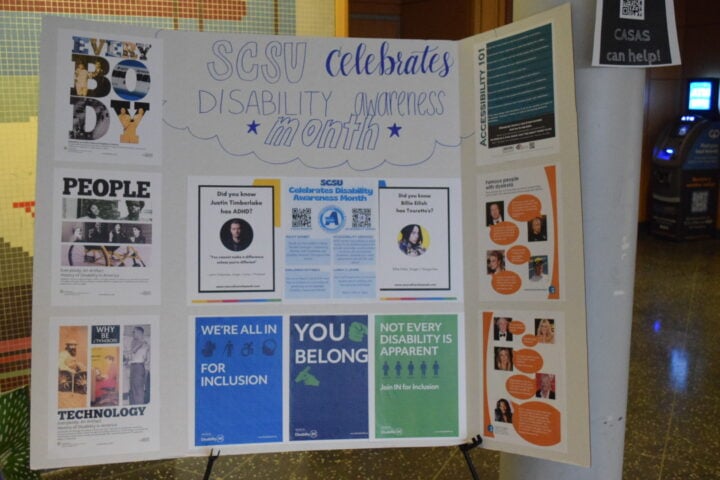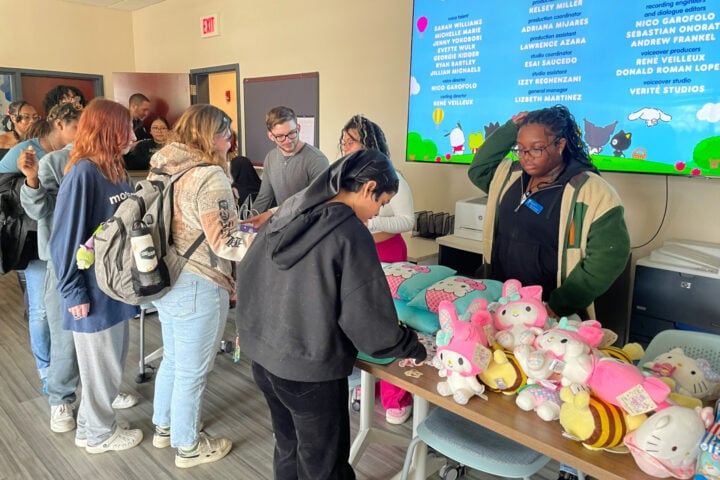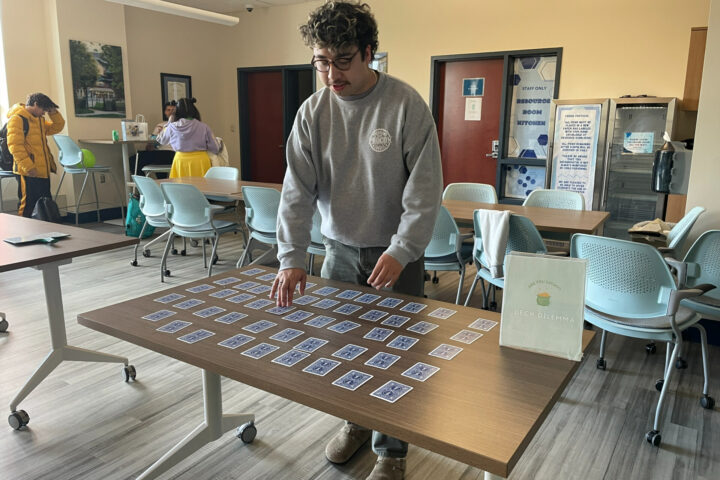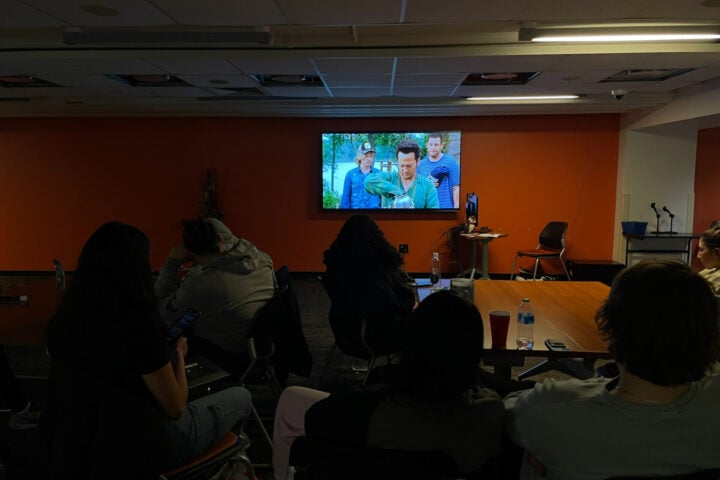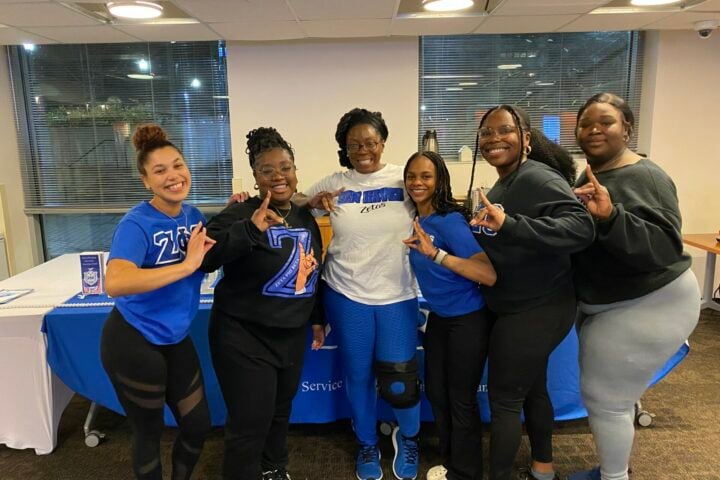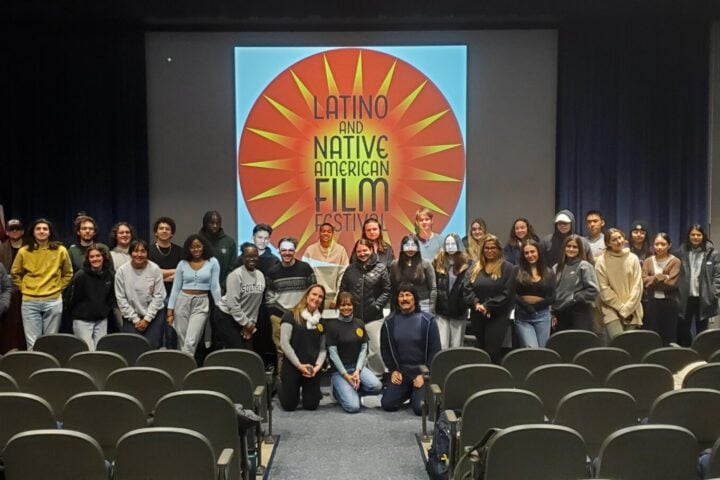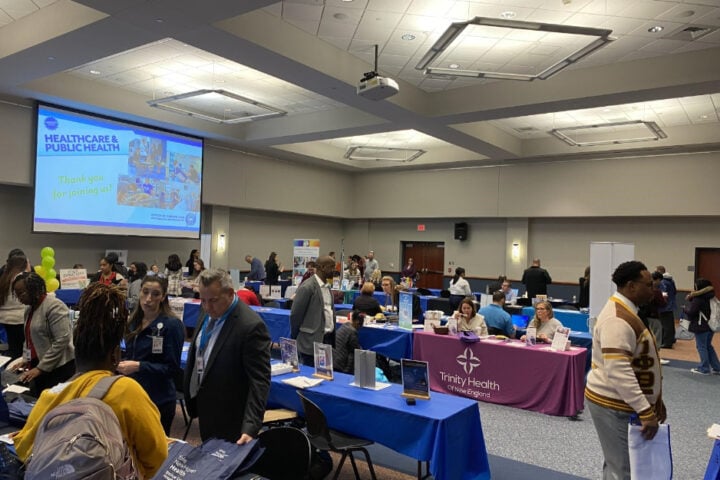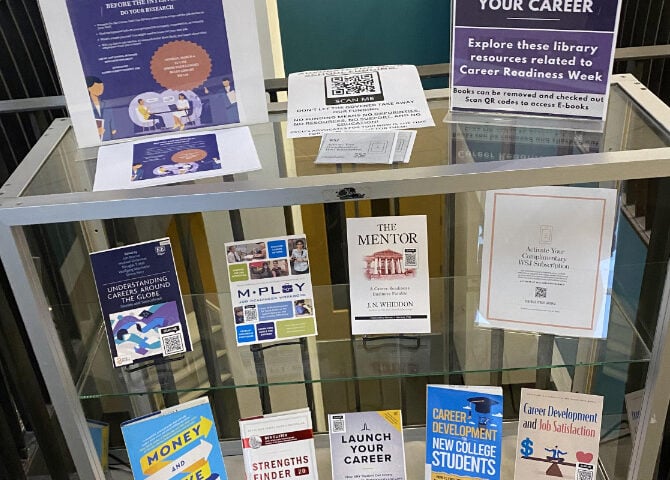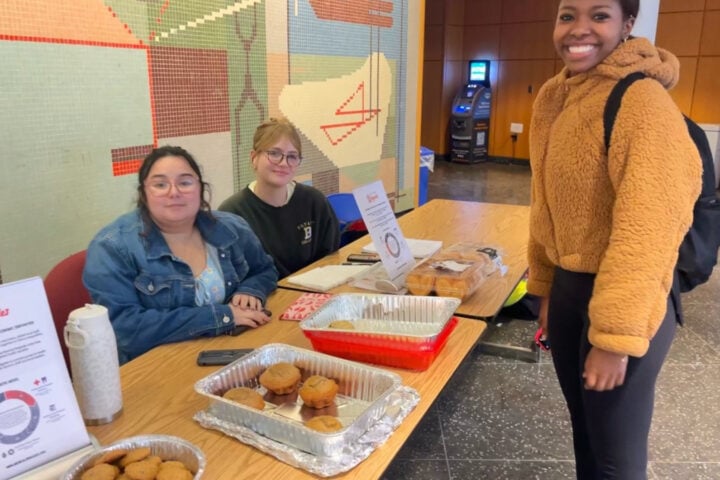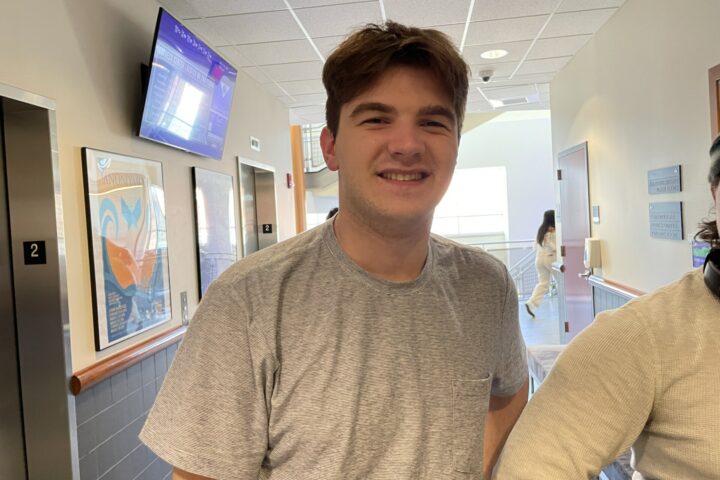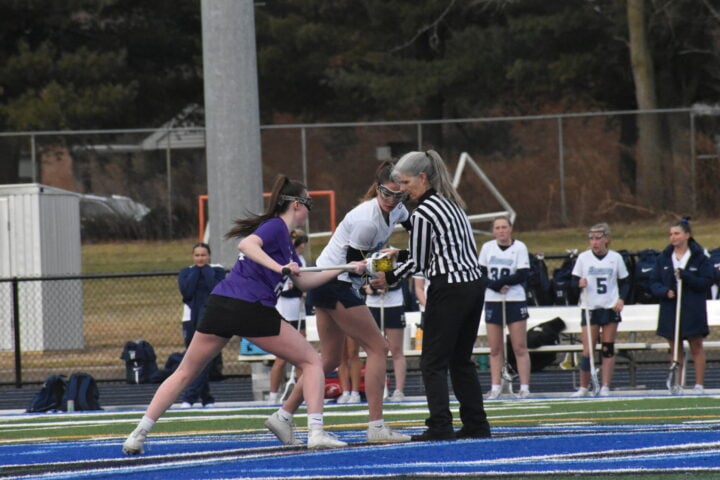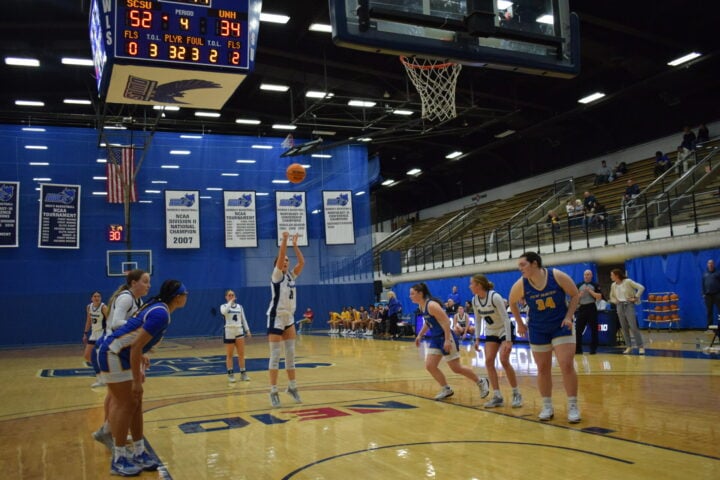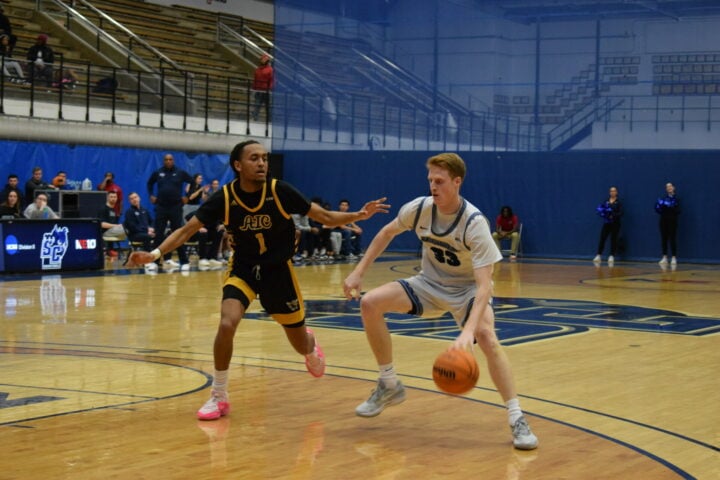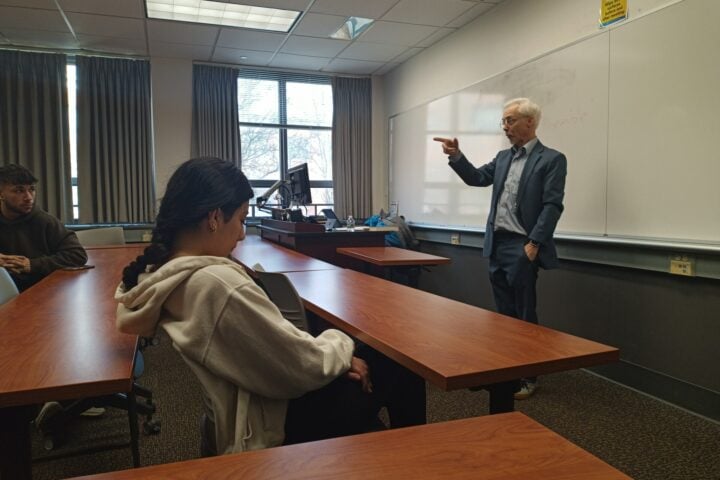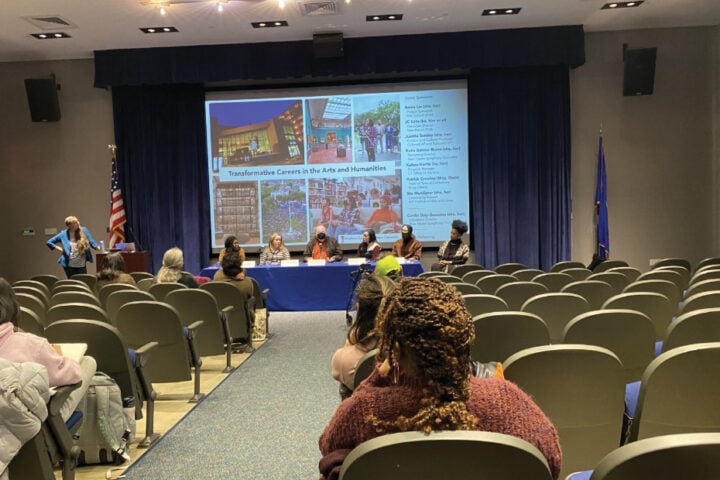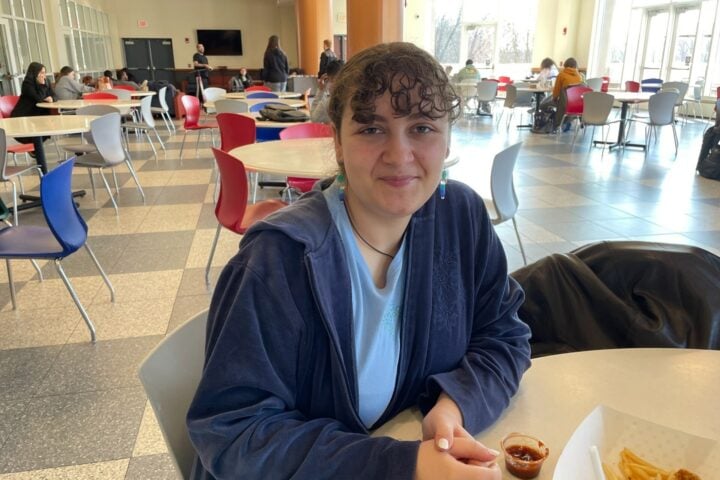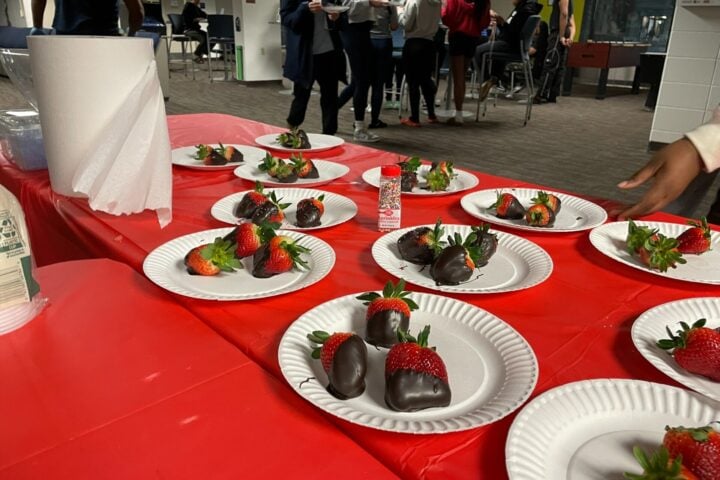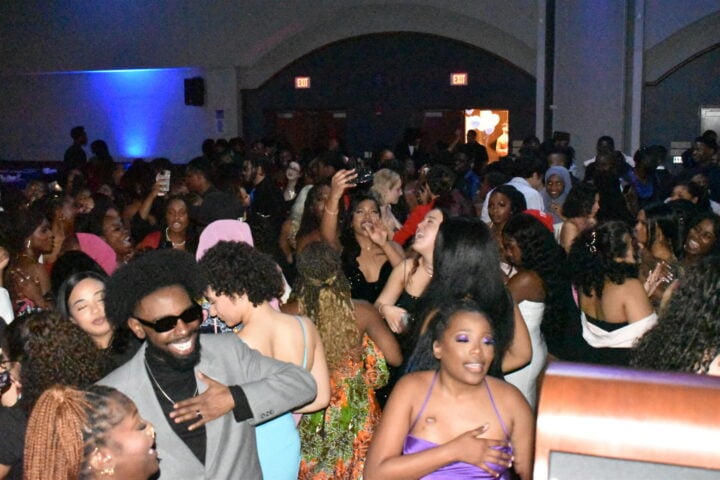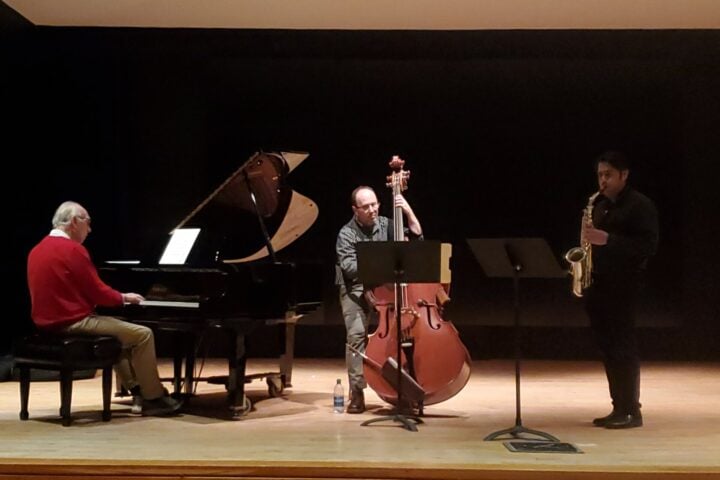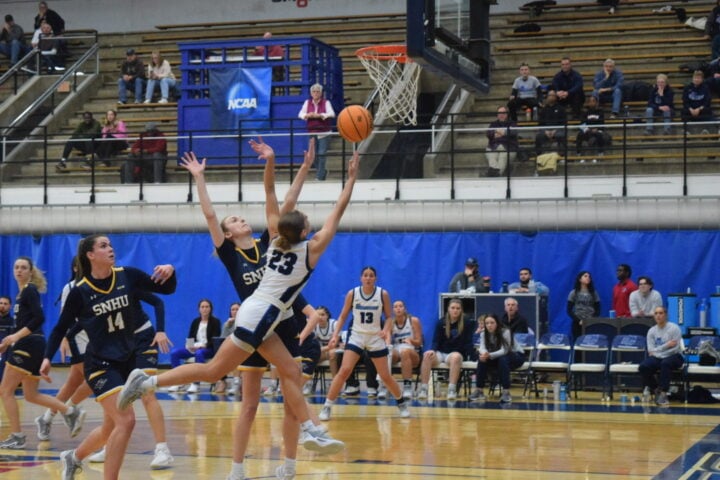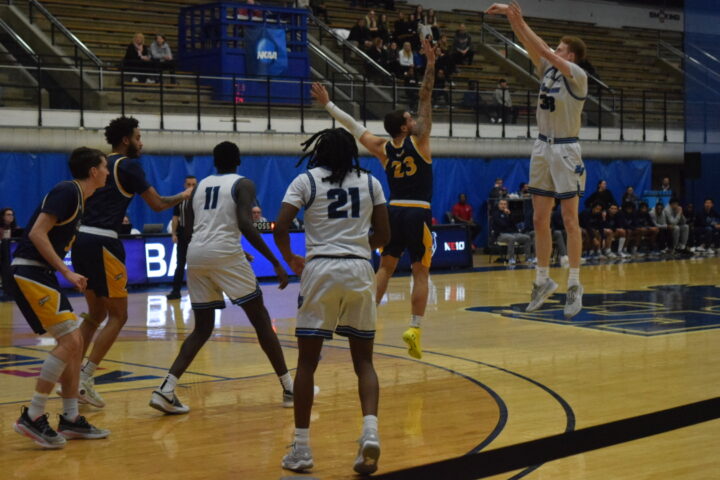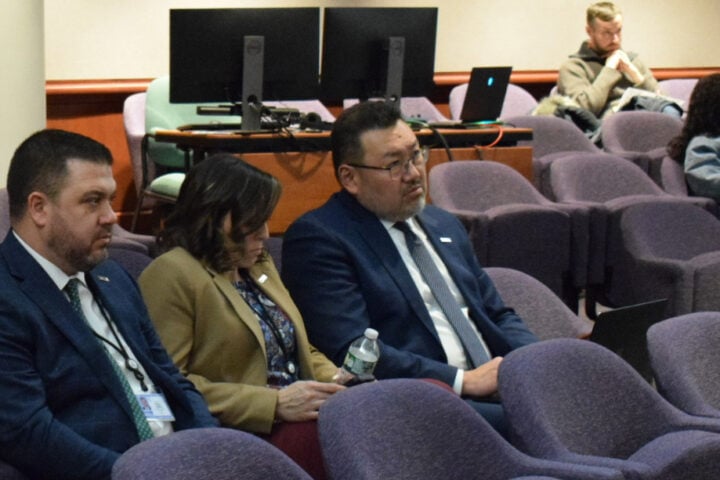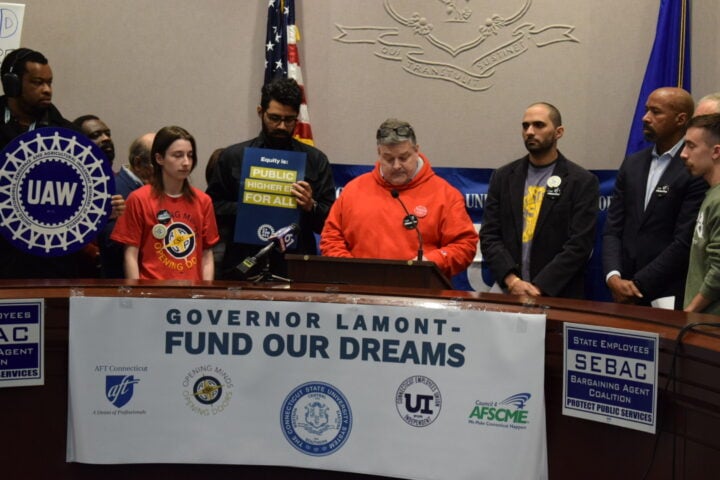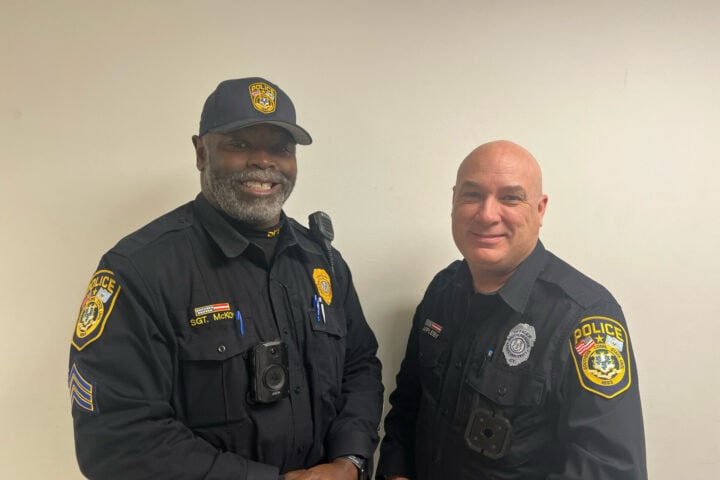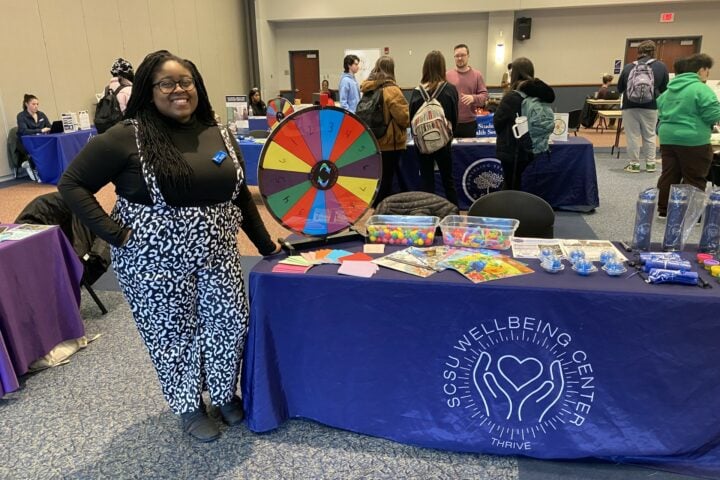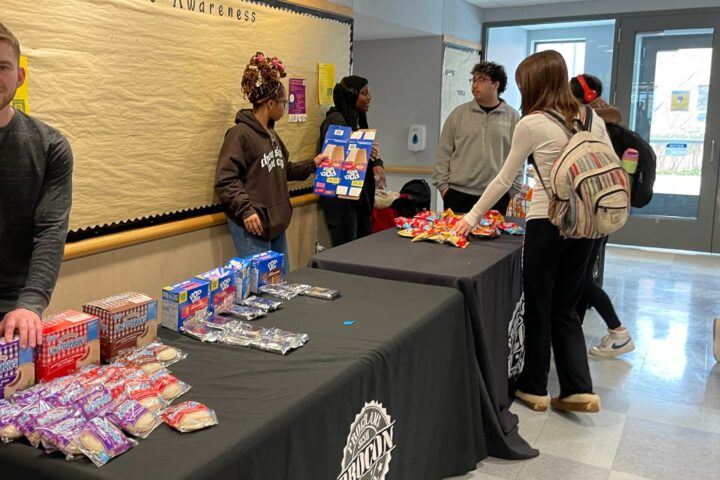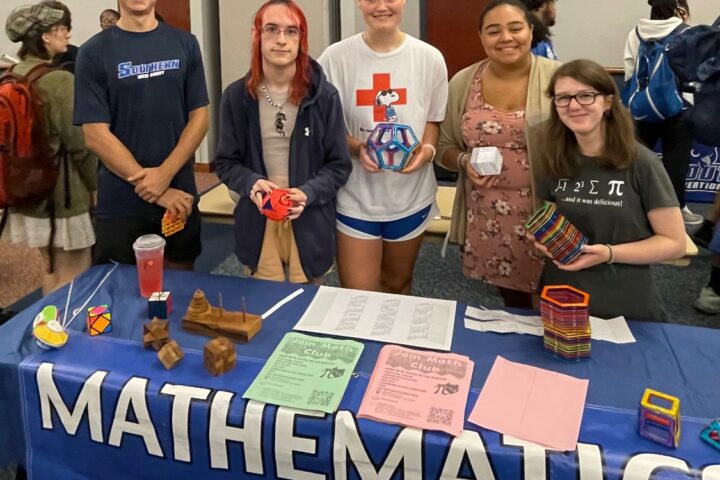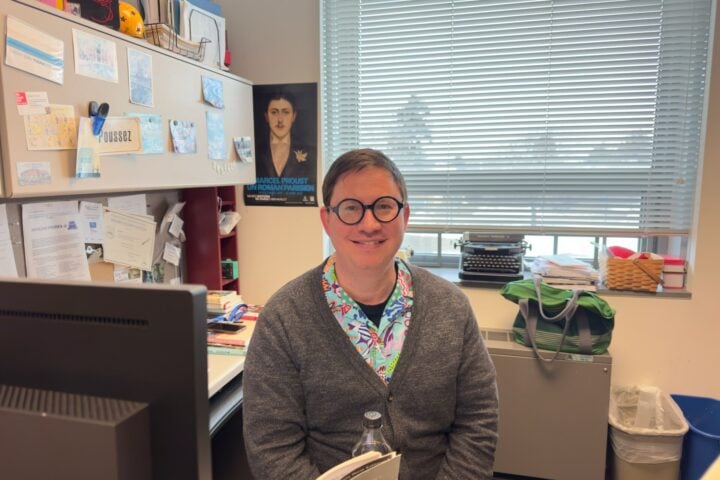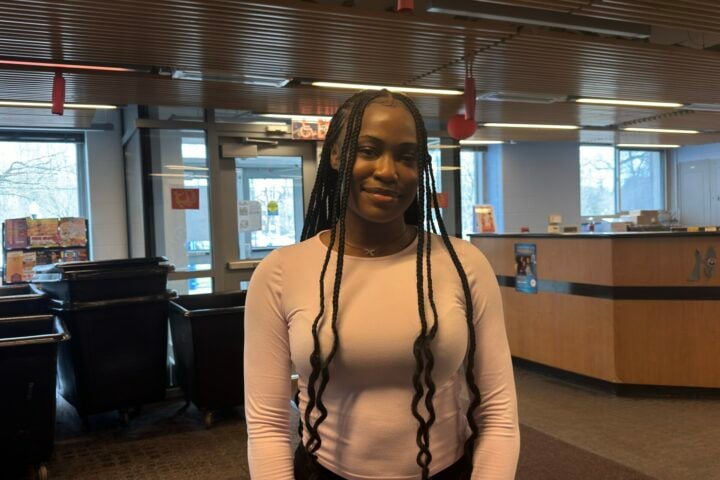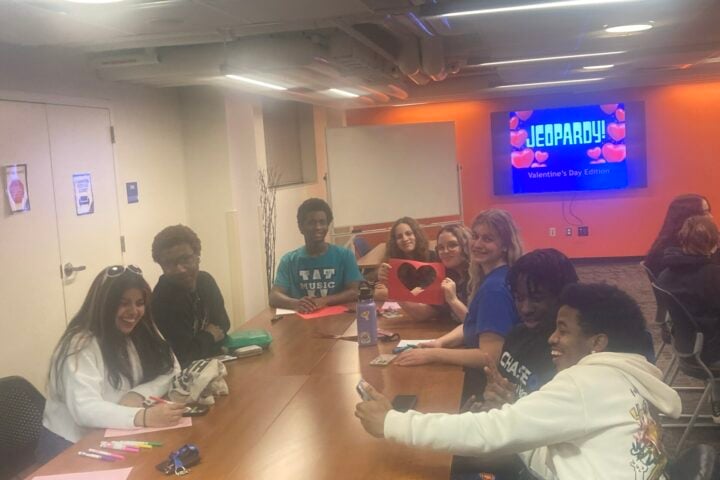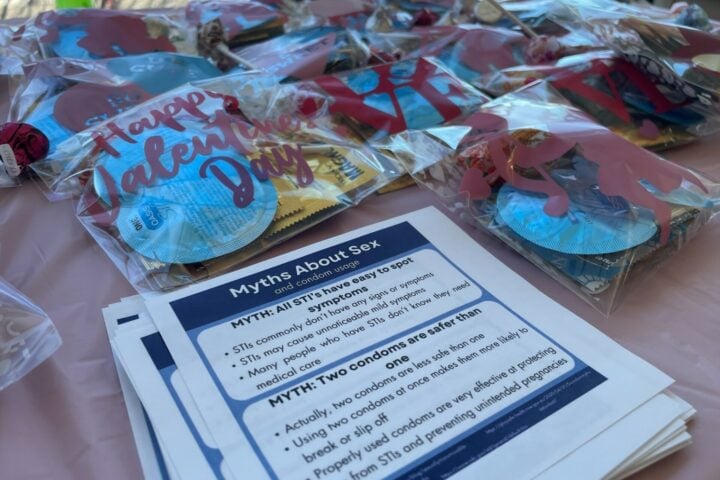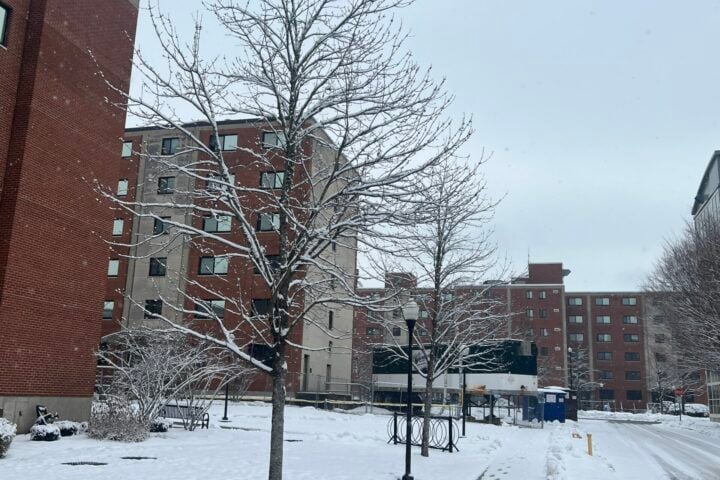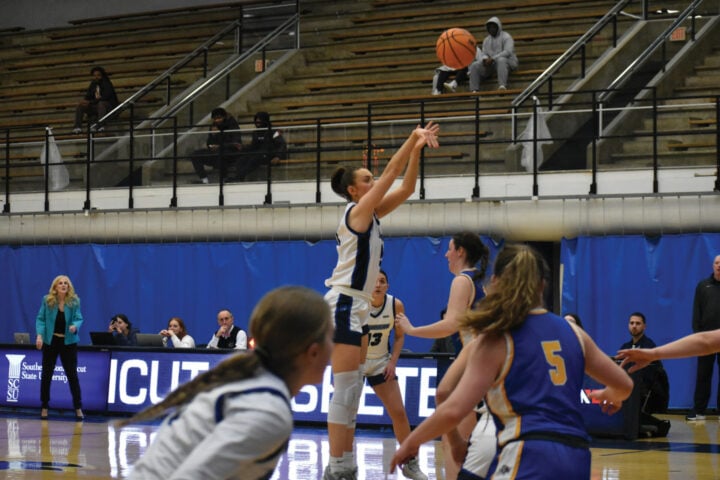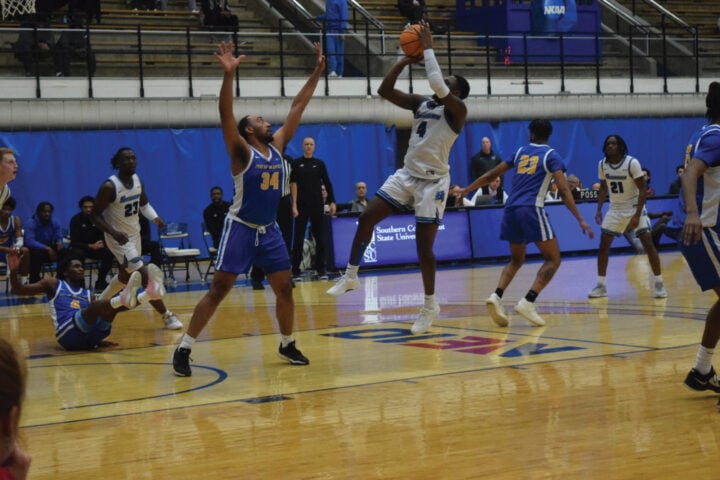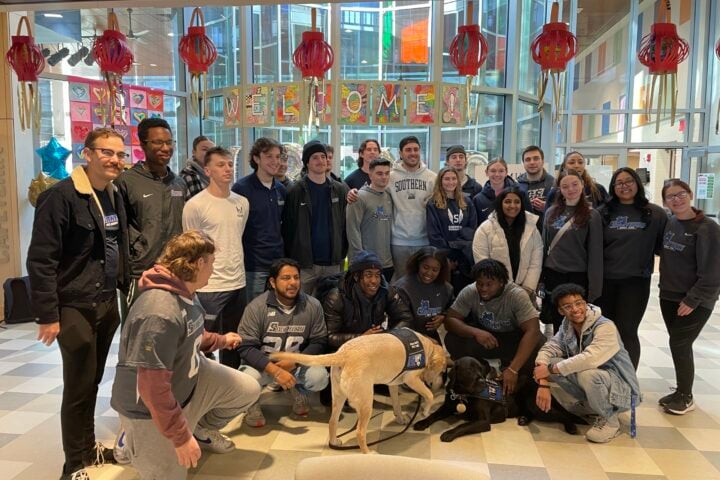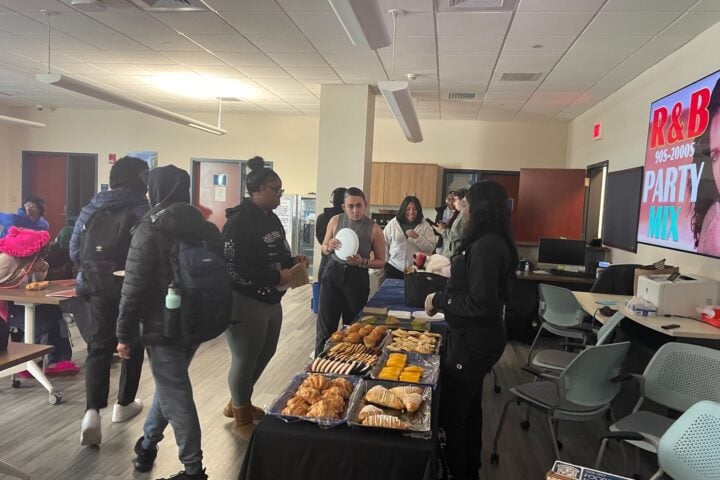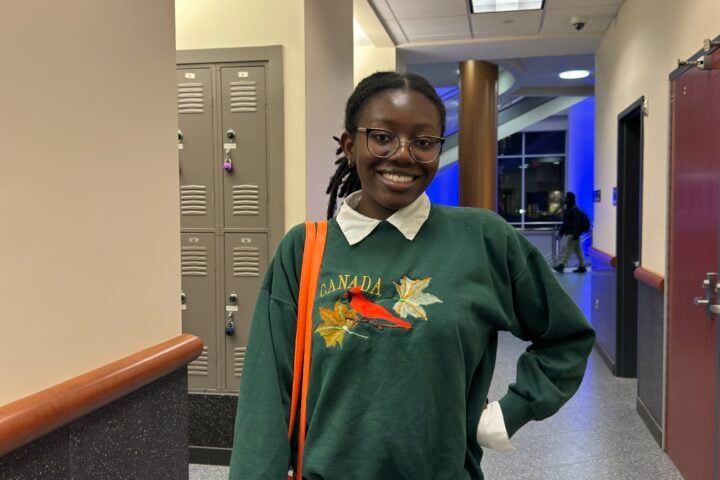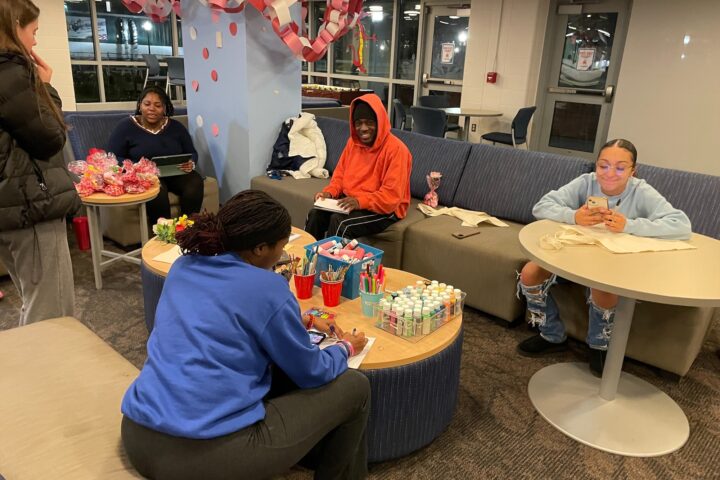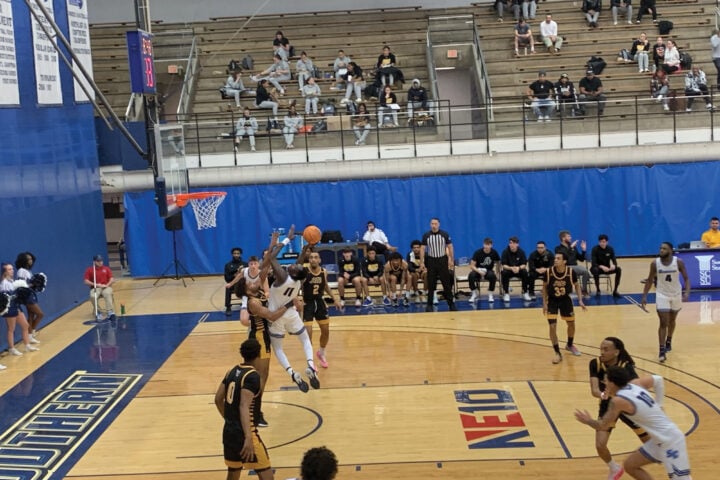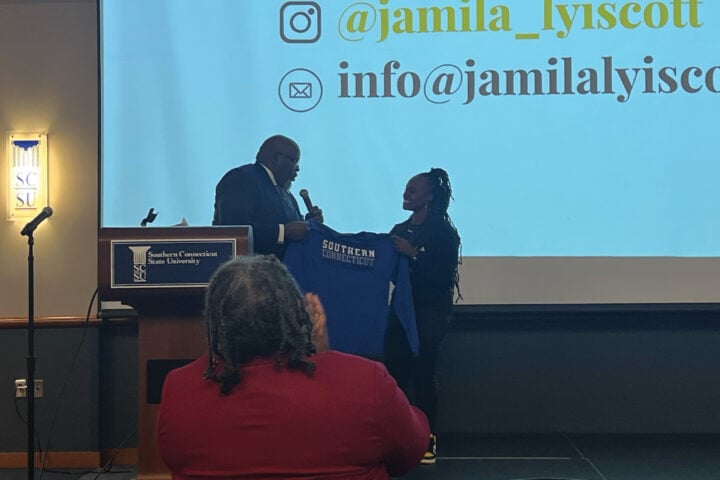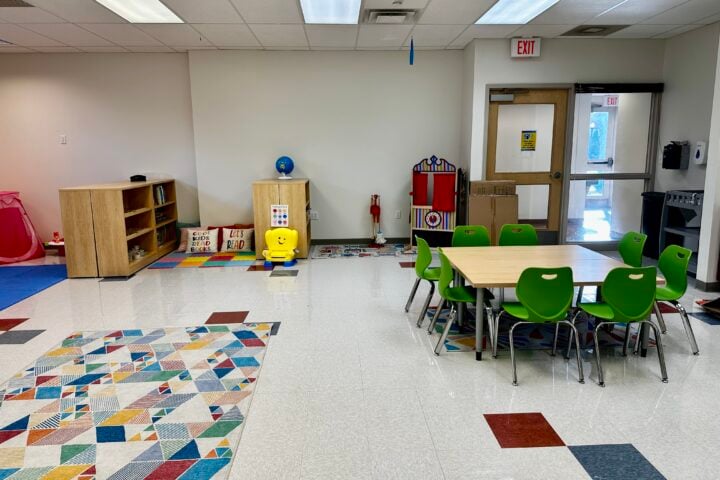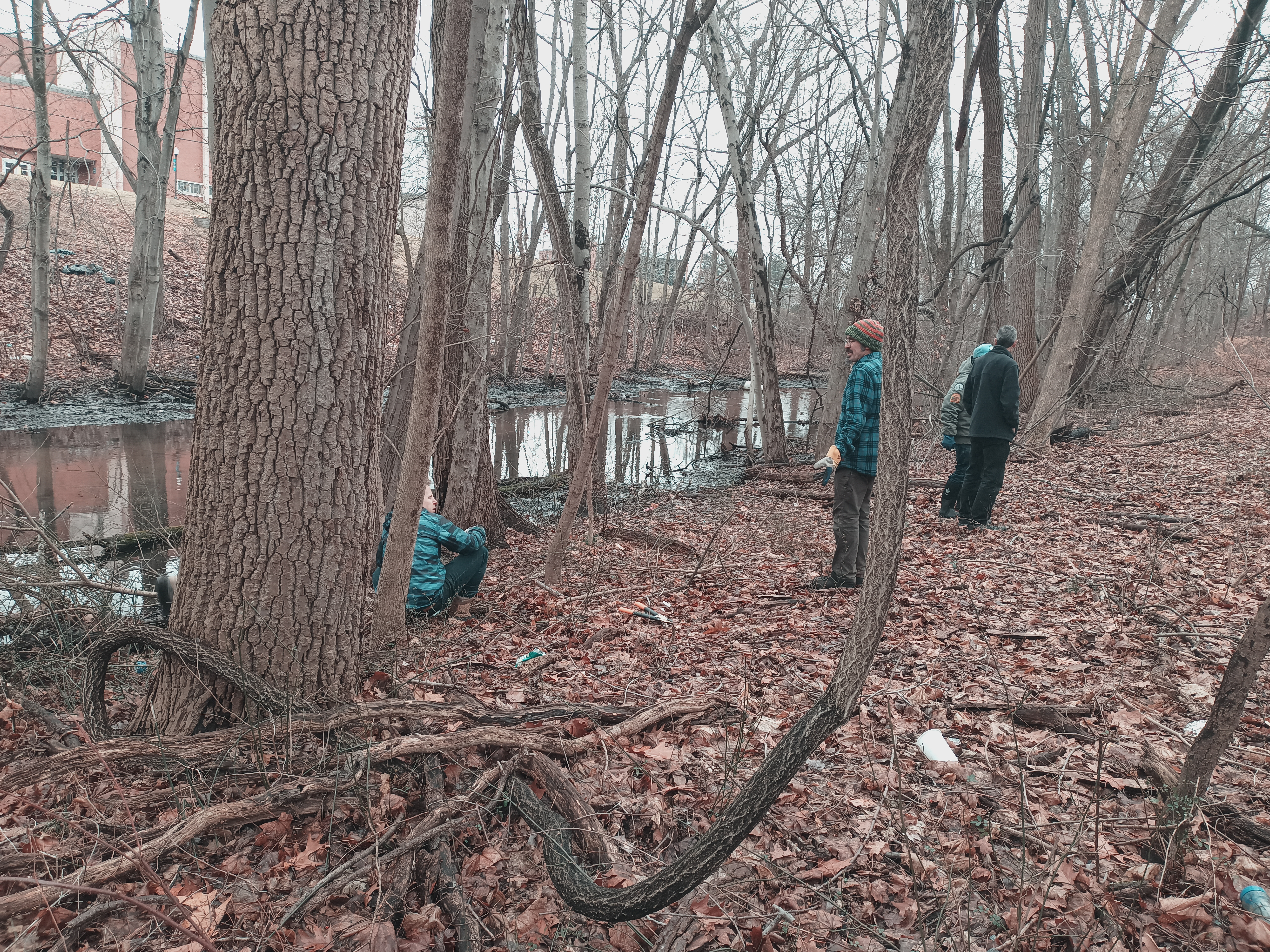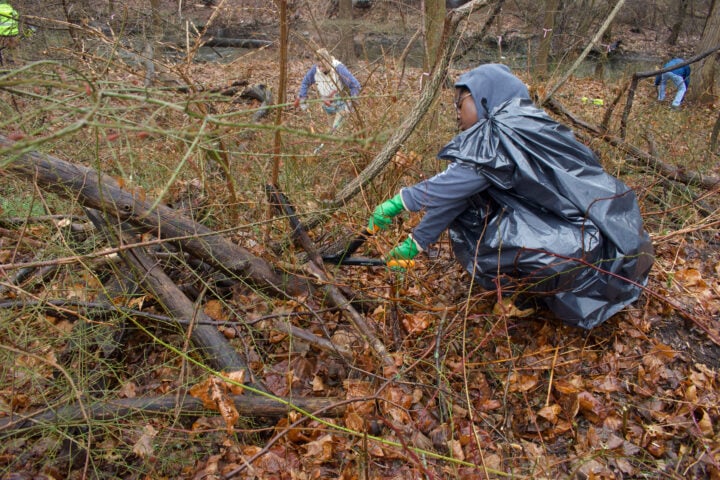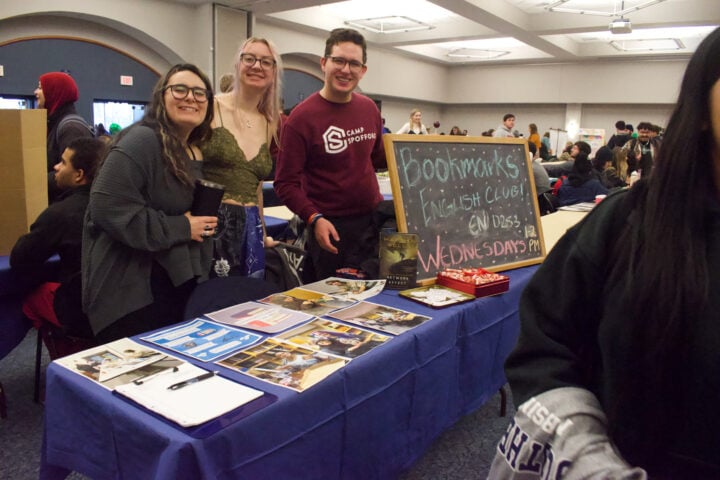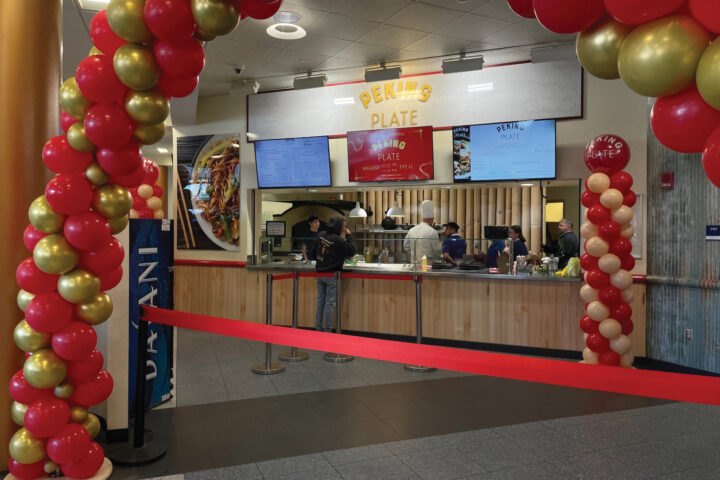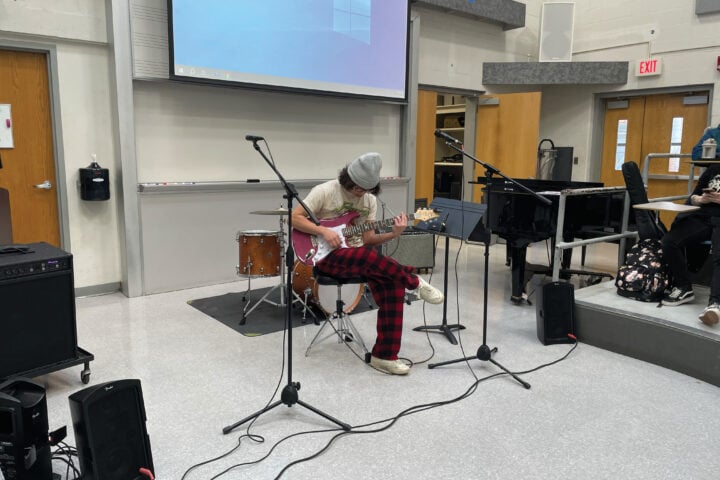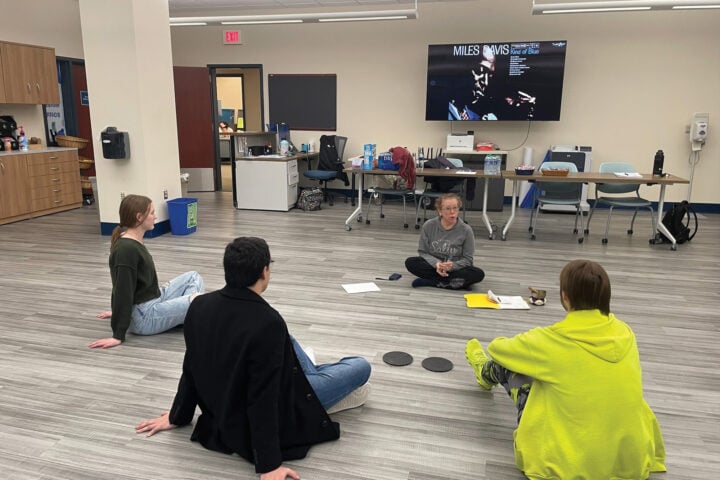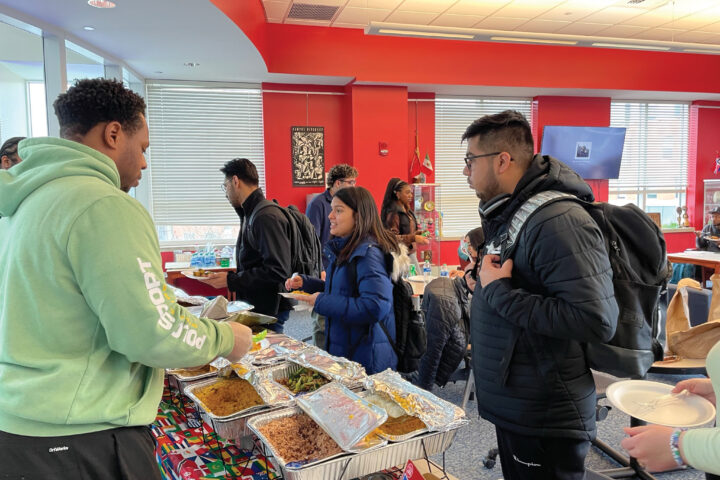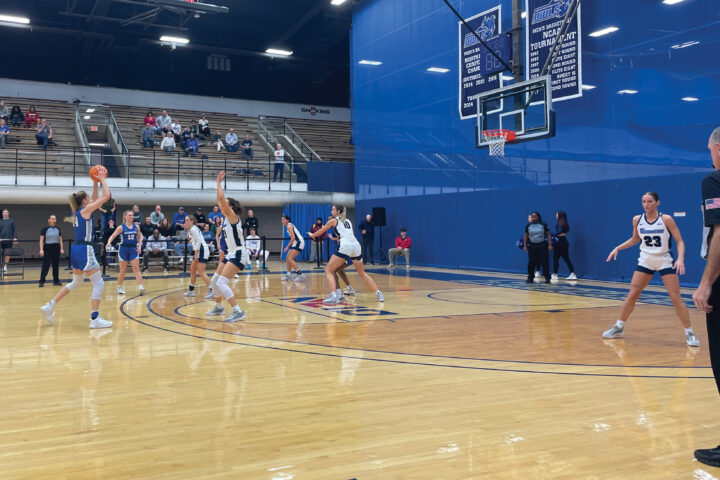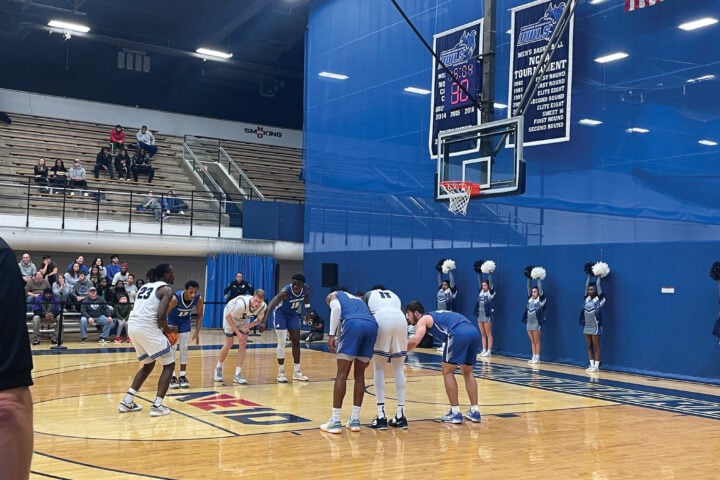Jackson Volenec – Contributor
As the Fall 2022 semester comes to a close, members of the campus community reflect on some of the positive takeaways that they got from the challenges of navigating college through COVID-19.
The COVID-19 pandemic transformed the way people experience the college experience, students and faculty alike. Even though there are in-person classes with less CDC mandates than some of the previous years, the effects are still present today.
(QP 2) “There’s no doubt that COVID-19 was a difficult and terrible disruption to students on our campus,” said University HR Administrator Lakecia Freeman. “I feel like COVID really forced us to think differently about how we do things.”
There has been a rise in popularity of online classes since 2020, with an estimated 75% of all undergraduate students attending at least one online course in fall that year nationally. The university alone had 7,042 undergraduates who were enrolled in at least one online course.
According to another study from Statista, online enrollment continued to increase in 2021, with a 32 percent increase in students. This increase has led to a new wave of changes to a variety of the university’s programs.
Online education isn’t going anywhere; however, this does not mean that students are forced to take exclusively virtual classes. This new freedom allows students to choose whether they would like to attend classes virtually, in-person or both. Certain students will prefer virtual learning experience more than others.
“It doesn’t work for me because I enjoy the classroom structure, it can get overwhelming to set your own schedule and deadlines when you never meet for that class. It’s very easy to forget about it and let it slip in the background,” said Nursing major Erin Harlow, a junior.
Harlow is a student at the university who has experienced the college experience both before and after COVID-19, but she says that the changes are not overwhelming for her anymore.
“At first it felt like this was not doable, like, ‘how am I supposed to stay on task when everything is crazy and virtual?’ But we all worked through it and I honestly like some of the changes that have come out of the pandemic, like virtual meetings,” she said.
The shift toward online also has increased the prominence of the “hybrid” class, one with a mixture of in-person and virtual elements to complete the class. It is estimated that by 2025, the vast majority of students’ learning experiences will contain at least some virtual or remote learning style, as it has proven to be cost effective and convenient for the students and teachers alike.
Online learning between faculty and students are a mainstay in the current reality. It has become a socially acceptable form of communication when it is not possible to meet in real life. Sometimes, it seems that people prefer this method of learning compared to traditional classrooms.
“I like asynchronous classes because it lets me get the work done on my own schedule, like I don’t have to worry about in-person meetings, I can work at my own pace, and this lets me get ahead really easily,” said Business major Drequan Walker, a junior.
Advocates for online learning say that the flexibility in your schedule is more realistic to their career paths, and better prepares them for their future.
“When I see all the work I have to do right away, it helps me create my own schedule and manage the workflow in my own natural way,” said Walker. “It’s more realistic to how it will be out of school, in my career.”
According to the CHLOE survey conducted by Quality Matters, it is estimated that by 2025, the vast majority of students’ learning experiences will contain at least some virtual or remote learning style, as it has proven to be cost effective and convenient for the students and teachers alike.
With this new variety in how students can approach their academic experience, the importance of moving forward is emphasized by some.
“I don’t know whether I prefer classes how they are now or how they were before the pandemic, but it’s honestly irrelevant which I prefer,” said Harlow. “We currently have two options; adapt to the changes or drop out.”























